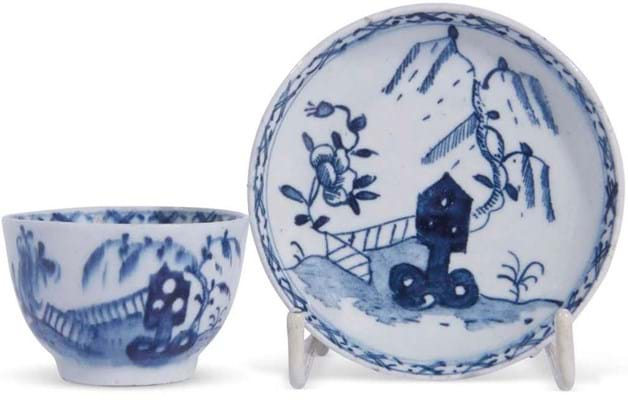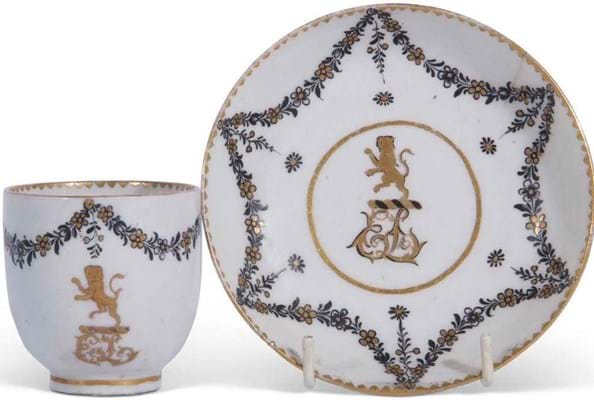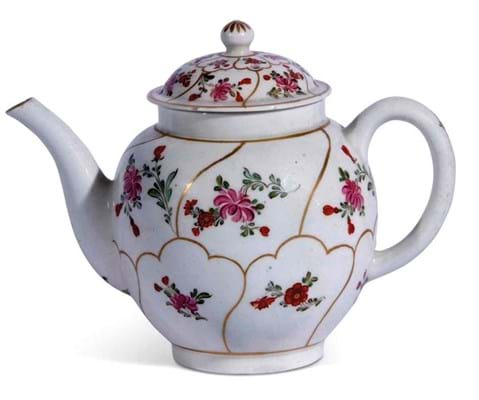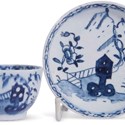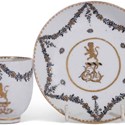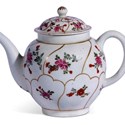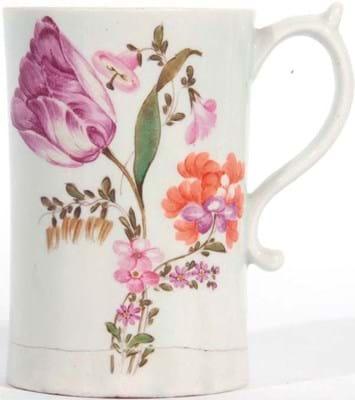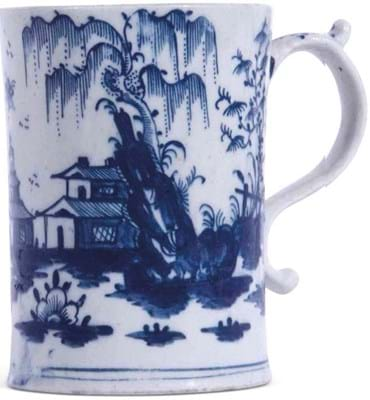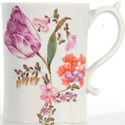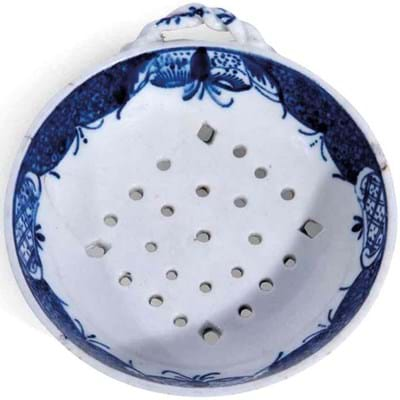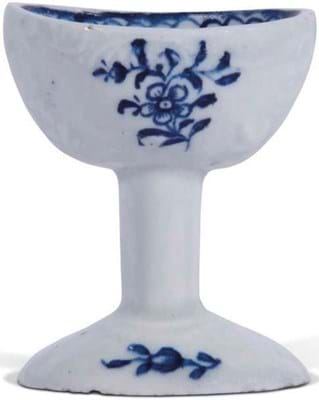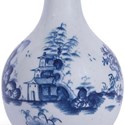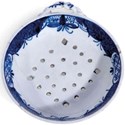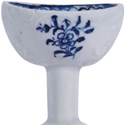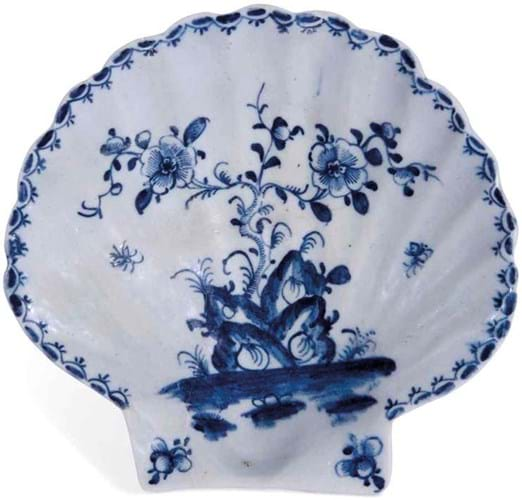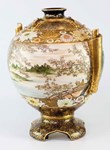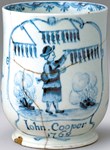In a topsy-turvy world, a sale of post-war Royal Worcester fruit decorated porcelain will generate more energy than many wares from the Dr Wall period of production.
As seasoned collectors are typically looking to fill gaps rather than build collections, the result is a stark polarisation between the rarities or choice examples and the more routine.
Local clientele
East Anglia’s contribution to the history of English porcelain comes from the port of Lowestoft in Suffolk.
This was where a committee of local worthies and investors established a factory making soft-paste porcelain in 1757. Catering chiefly to the local clientele - then as now cut off from the hustle and bustle of the capital - it continued until 1802, producing tablewares and some purely decorative pieces, decorated in underglaze blue or polychrome enamels.
Keys of Aylsham in Norfolk currently sells more Lowestoft porcelain than any other auction house and 50 lots were offered in the firm’s Fine Sale on July 27. But, even close to the geographic centre of the collecting base, it is difficult to escape market realities.
Comfortably the most desirable piece in this offering was a 5in (12cm) scallop shell dish, c.1759, decorated in a pale blue with flowering plants, bugs and a swooping bird.
The early date is key (across the various English factories, the collecting emphasis is very much on the early experimental wares rather than late grandeur) and so too is the form that makes it one of only a handful known.
A slightly larger dish in the Bernard Watney collection sold at Bonhams 20 years ago for £9200 and Bonhams also sold an example a few years later from the Geoffrey Godden collection for £7200. Keys’ example, in good condition, carried a more modest estimate of £600-800 - it is, said specialist David Broom, “so difficult to predict where the market will be between one sale and the next” - but there were expectations for something closer to £5000. It did not disappoint, selling at £6400.
Later manufacture
To many eyes a slightly larger scallop-shaped dish decorated in blue and white with trailing flowers above rockwork was a similar proposition. However, a few years of production make a lot of difference. Dated c.1765, and with some restoration, it brought £440.
“Lowestoft rarities continue to sell well,” said Broom. “Most items sold to local collectors in the room or on the phone who fought off bidders from further afield.”
Among the polychrome decorated pieces a chinoiserie saucer was of particular note. Probably based on an 18th century Chinese famille rose prototype, it is painted with a design of a cockerel, a hen and her chicks within a panelled border of half-length Chinese figures.
Estimated at £500-700, it took £1950.



